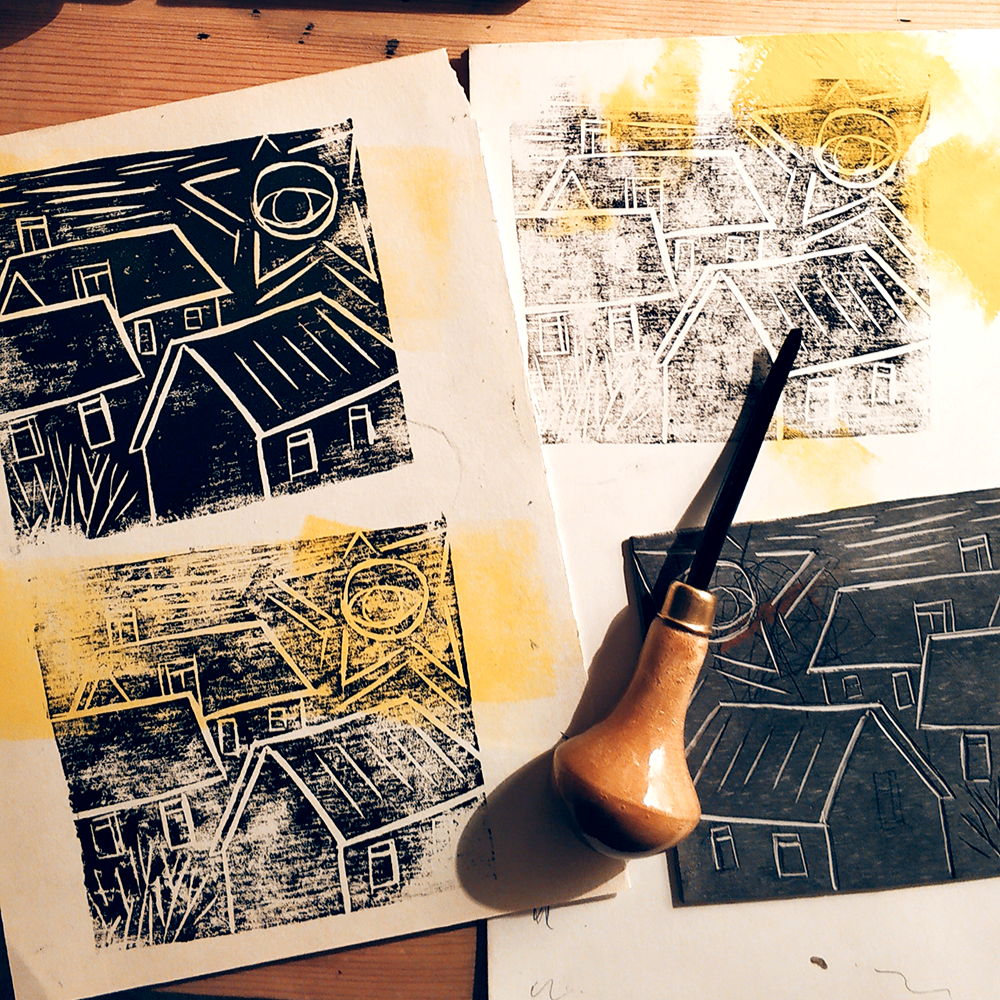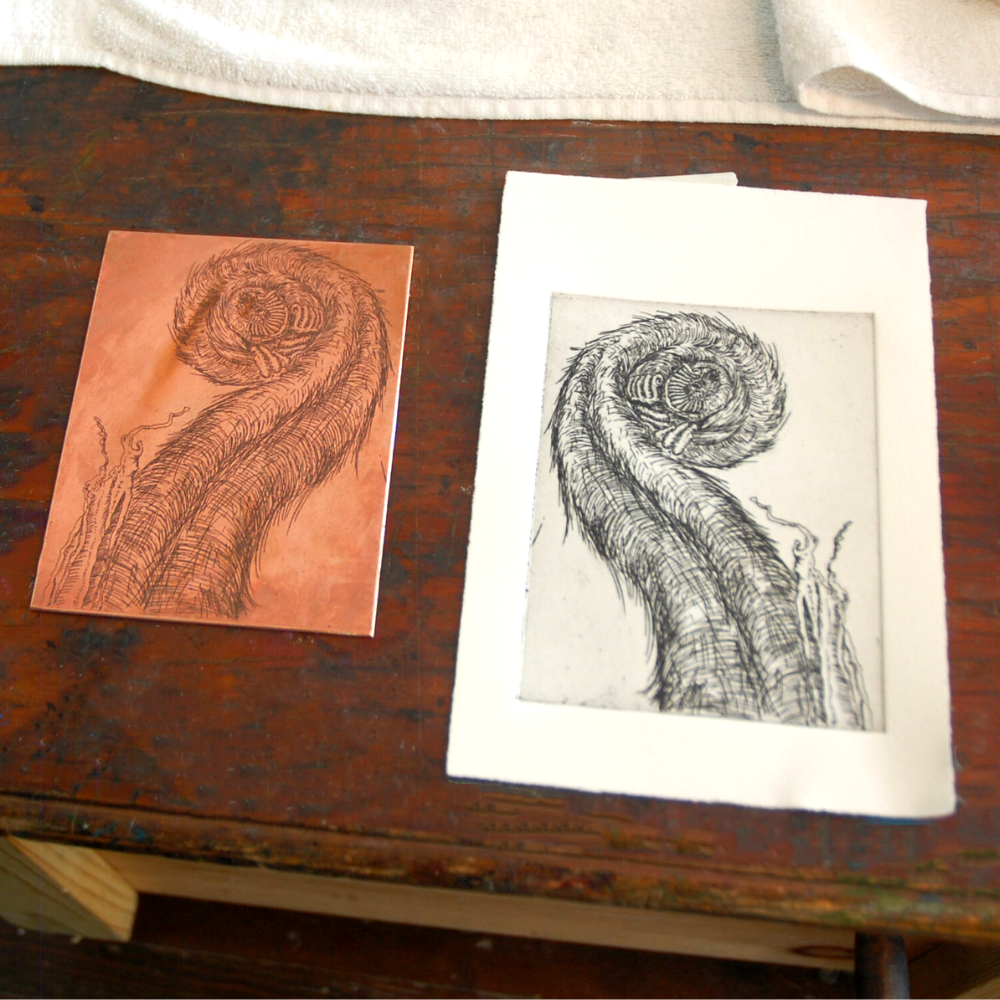Ever admired the intricate details and otherworldly textures of engraved artworks but had absolutely no idea how such wizardry was achieved?
Have you ever gazed at a museum print and wondered how did they do that?
The intricacies of line and tone within the paper seem too delicate for human hands alone.
Well wonder no more, for today we unravel the mysteries of intaglio printmaking - the ancient art of engraving beauty into materials.
Strap in for an exploration of the magical world of intaglio printmaking - where artists weave artistry through the grooves of metal or wood plates using methods that date back centuries.
Through intaglio techniques like etching, drypoint and mezzotint, creators are able to build up stunning scenes, portraits and patterns layer by intricate layer.
The results can transport viewers to fantastical realms through their unique tactile qualities and moody tones.
In this post, we'll demystify the awesome alchemy behind intaglio and reveal how with some basic tools and know-how, you too can infuse your art with the subtle surprises and evocative atmospheres that only an engraved print can achieve.
So, grab your thinking cap, unleash your inner artist, and let's discover what exactly "intaglio" means and how you can harness its magic in your own work; the road of engraved lines awaits!
Key Takeaways:
- Intaglio is a printmaking technique where the image is incised into a surface, and the incised line or sunken area holds the ink.
- It is a traditional artistic process involving etching, engraving, or other methods to create prints from a metal plate.
- Intaglio prints are known for their high level of detail and rich textures, making them distinct from other printmaking methods.

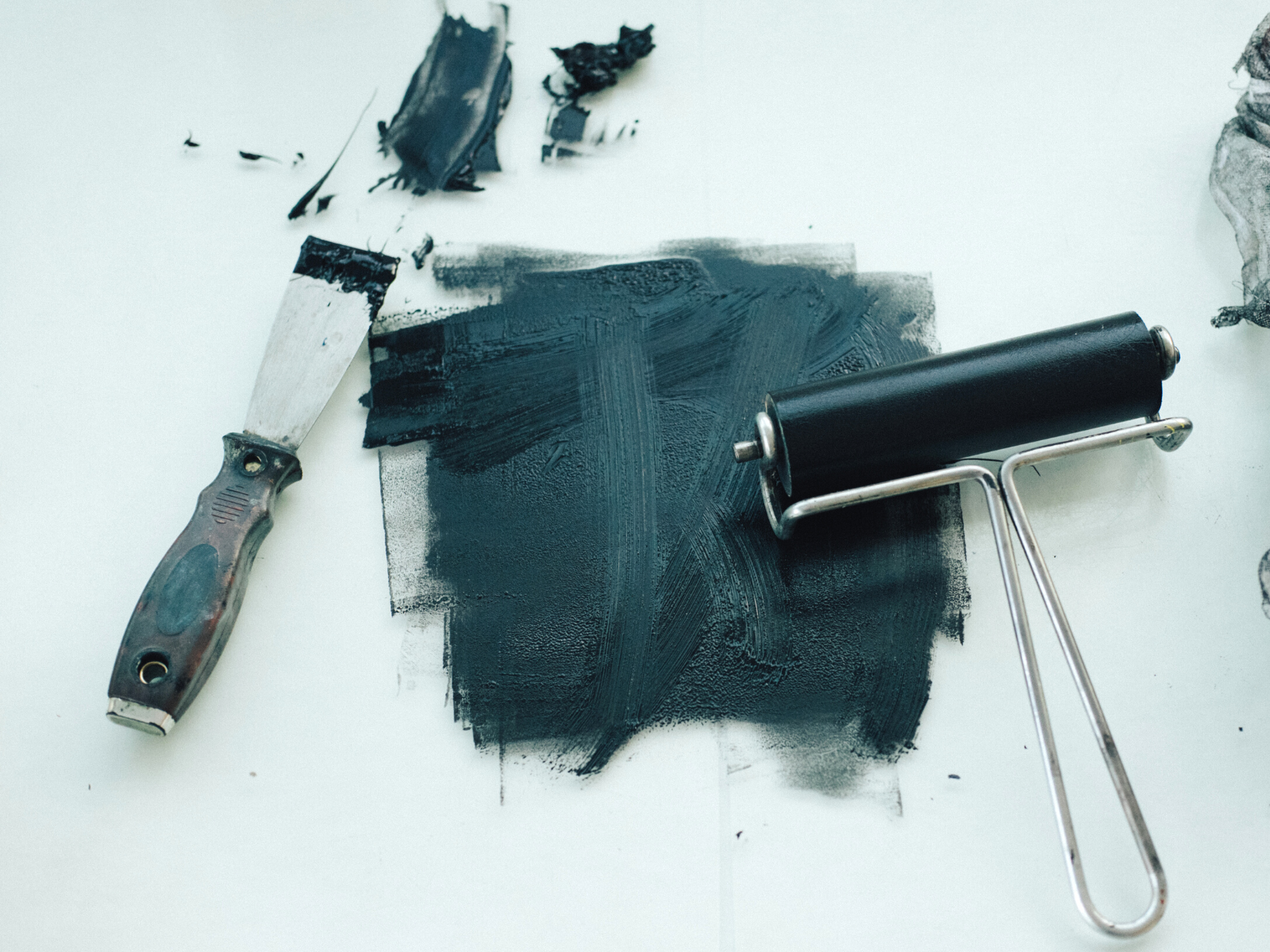
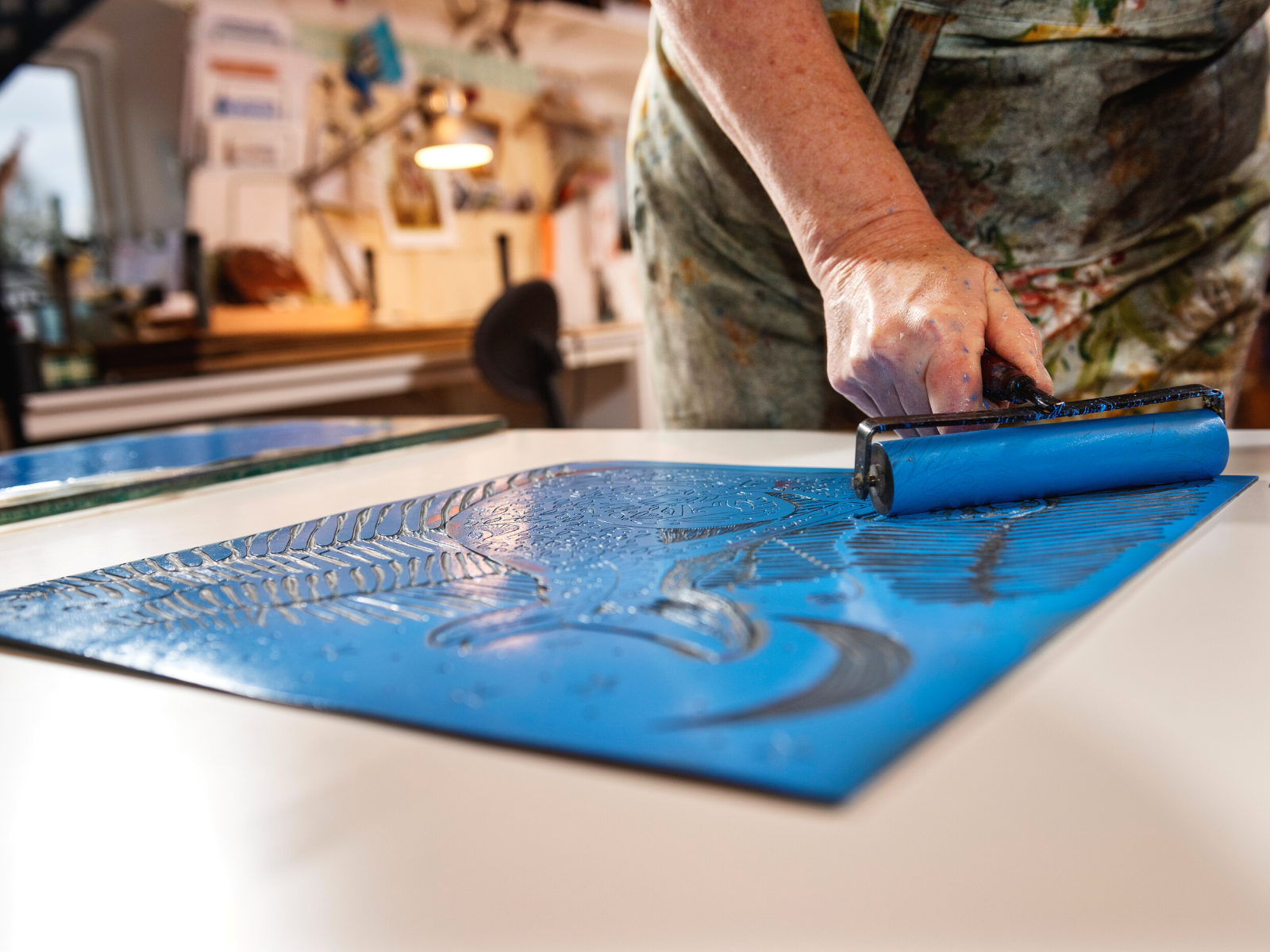
The Essence of Intaglio Printmaking
What does in intaglio mean?
Intaglio printmaking is an art form that has captivated artists and collectors for centuries.
The term "intaglio" comes from the Italian word "intagliare," meaning "to incise."
At its core, intaglio is a printmaking process where the image is etched or engraved onto a metal plate, typically copper or zinc.
The incised lines or grooves on the plate hold the ink, and when the plate is pressed onto paper, the ink is transferred, creating the printed image.
This technique allows for fine details and a rich texture that is characteristic of intaglio prints.
Intaglio printmaking encompasses several techniques, including etching, engraving, drypoint, mezzotint, and aquatint.
Each method involves different ways of creating the incised design on the plate, whether by manual carving or using a corrosive acid bath.
The Intaglio Process: From Plate to Paper
The intaglio processes begin with the preparation of the metal plate.
Artists may coat the plate with a waxy ground and then draw their design with an etching needle, exposing the metal.
The plate is then submerged in an acid bath, where the acid bites into the exposed lines.
Alternatively, artists may use engraving tools to directly carve the design into the metal plate.
Once the plate is prepared, the surface is wiped clean, leaving ink only in the incised lines.
A damp piece of paper is placed over the plate, and both are run through a press.
The pressure forces the paper into the grooves, picking up the ink and creating the impression.
The result is an intaglio print, with each print being a unique piece due to the handcrafted nature of the plates and the printing process.


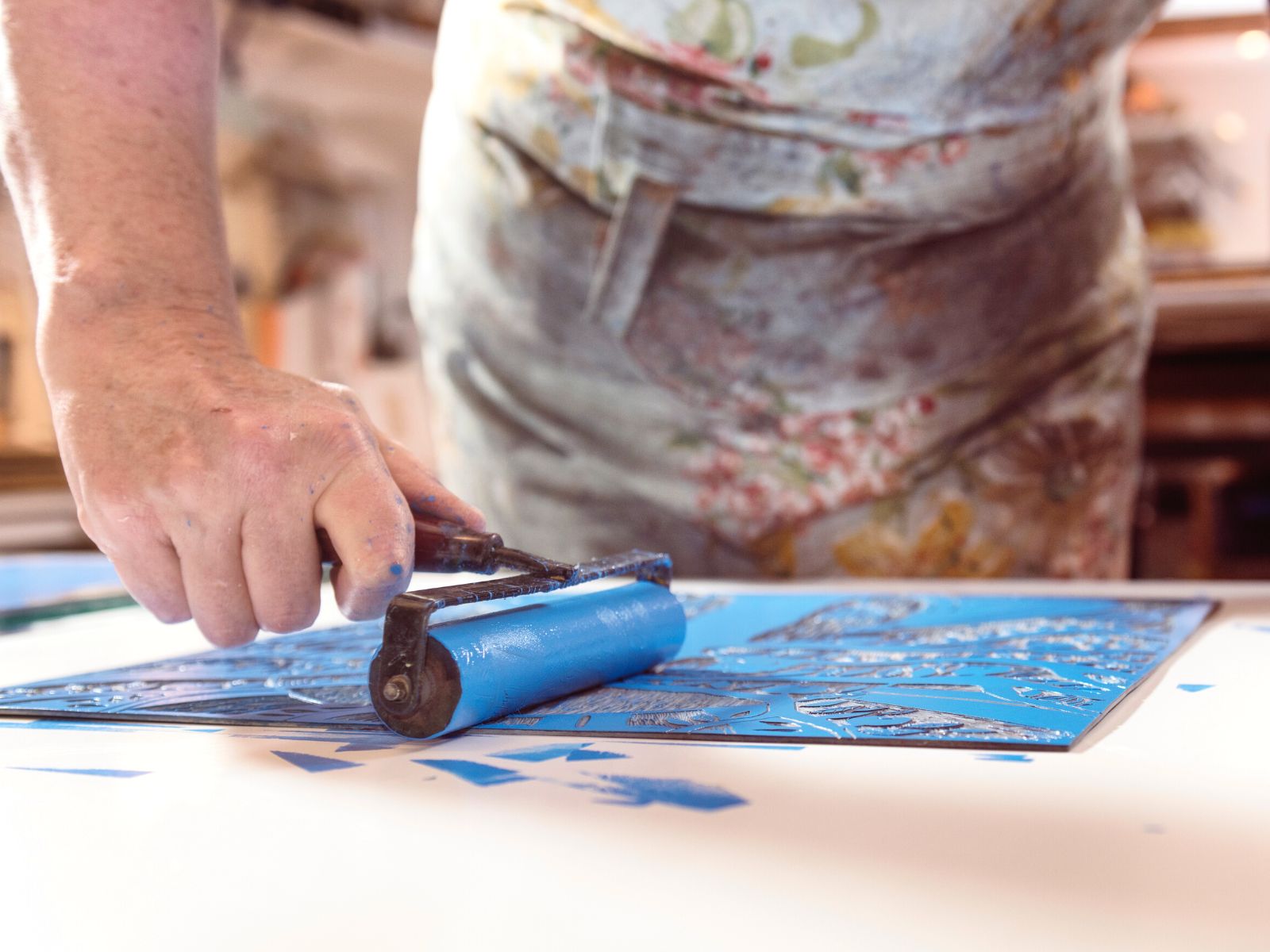
The Materials and Tools of Intaglio
Intaglio printing, a revered member of the printmaking processes, demands specific materials and tools to create its distinctive etched or engraved plate.
The choice of plate material is crucial, with copper being a traditional favorite for its malleability and durability. Modern practitioners may also opt for zinc or steel plates.
The tools, known as burins or etching needles, are employed to meticulously carve the design into the metal surface.
The precision of these instruments allows artists to achieve the fine lines and intricate details that are characteristic of intaglio prints.
The corrosive action of acid plays a pivotal role in etching, where the artist coats the intaglio plate with a protective ground and draws through it to expose the metal.
The plate is then submerged in an acid bath, which etches into the exposed lines.
This technique can be varied to produce different effects, with the depth and texture of the etch affecting the final print.
The artist's mastery over these materials and tools is what transforms a simple piece of metal into a vessel for exquisite artworks.
The Artistic Influence of Intaglio
The word intaglio resonates through art history, not only in printmaking but also in the creation of cameos, a form of miniature sculpture.
These small, yet detailed works are often carved from stone or shell, with the design sitting in intaglio, below the surface.
This technique shares a kinship with intaglio printmaking, as both involve the removal of material to create an image.
The influence of intaglio can be seen in the way these cameos have been treasured throughout history, often worn as jewelry or displayed as art.
In the broader context of visual arts, intaglio printmaking has left an indelible mark on the development of artistic expression.
The ability to reproduce a single plate multiple times allowed artists to disseminate their work more widely, influencing culture and society.
Moreover, the tactile quality of intaglio prints, with their rich textures and deep impressions, has inspired artists in other mediums to explore the interplay of light and shadow, depth and surface.
Intaglio's legacy is etched not only on paper but in the very evolution of artistic techniques and aesthetics.


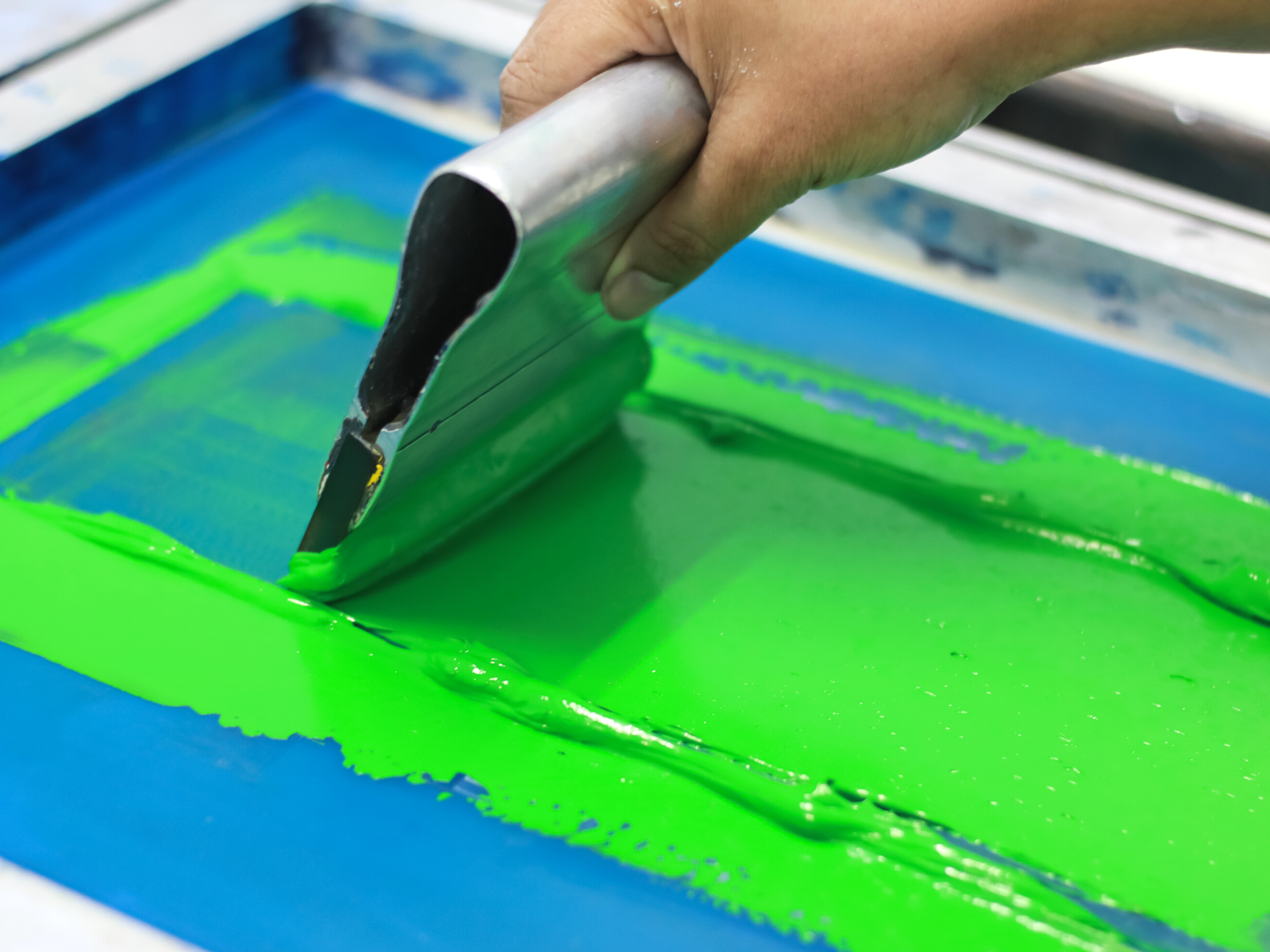
The Historical Significance of Intaglio
Intaglio printmaking has a rich history, with its origins dating back to the Middle Ages.
It was a revolutionary technique that allowed for the mass production of images before the advent of modern printing technologies.
Artists like Albrecht Dürer and Rembrandt van Rijn are renowned for their mastery of intaglio techniques, particularly etching and engraving.
Throughout history, intaglio has been used not only for artistic expression but also for practical purposes, such as printing currency and creating official documents.
The intricate lines and difficulty in replication made intaglio an ideal method for preventing forgery.
Modern Applications and Innovations
In contemporary art, intaglio printmaking continues to be a valued technique for its unique aesthetic qualities.
Modern artists experiment with intaglio processes, combining them with other mediums and pushing the boundaries of traditional methods.
Intaglio prints are now part of many prestigious collections and are celebrated for their depth, detail, and tactile nature.
Despite the advent of digital printing, intaglio holds a special place in the world of fine art.
Its labor-intensive process and the skill required to create intaglio plates and prints ensure that it remains a respected and sought-after art form.
The Enduring Beauty of Intaglio
Now that you know what "in intaglio" means, you can appreciate the centuries-old art form and its influence on the artistic world.
From its origins to its modern-day applications, intaglio printmaking continues to captivate audiences with its intricate details and rich textures.
Intaglio printmaking is a complex and nuanced art form that involves etching or engraving an image onto a metal plate, filling the grooves with ink, and transferring the image onto paper.
This technique is known for its ability to produce prints with remarkable detail and texture.
Intaglio has a storied history and continues to be a significant method in the art world, cherished for its traditional roots and the unique qualities it brings to printmaking.
Whether you're a seasoned printmaker or a beginner looking to learn a new skill, Intaglio is a technique that is well worth exploring.
So, grab some metal plates, inks, and paper, and get ready to create some truly stunning prints; who knows - maybe one day your work will hang alongside the greats in art history!
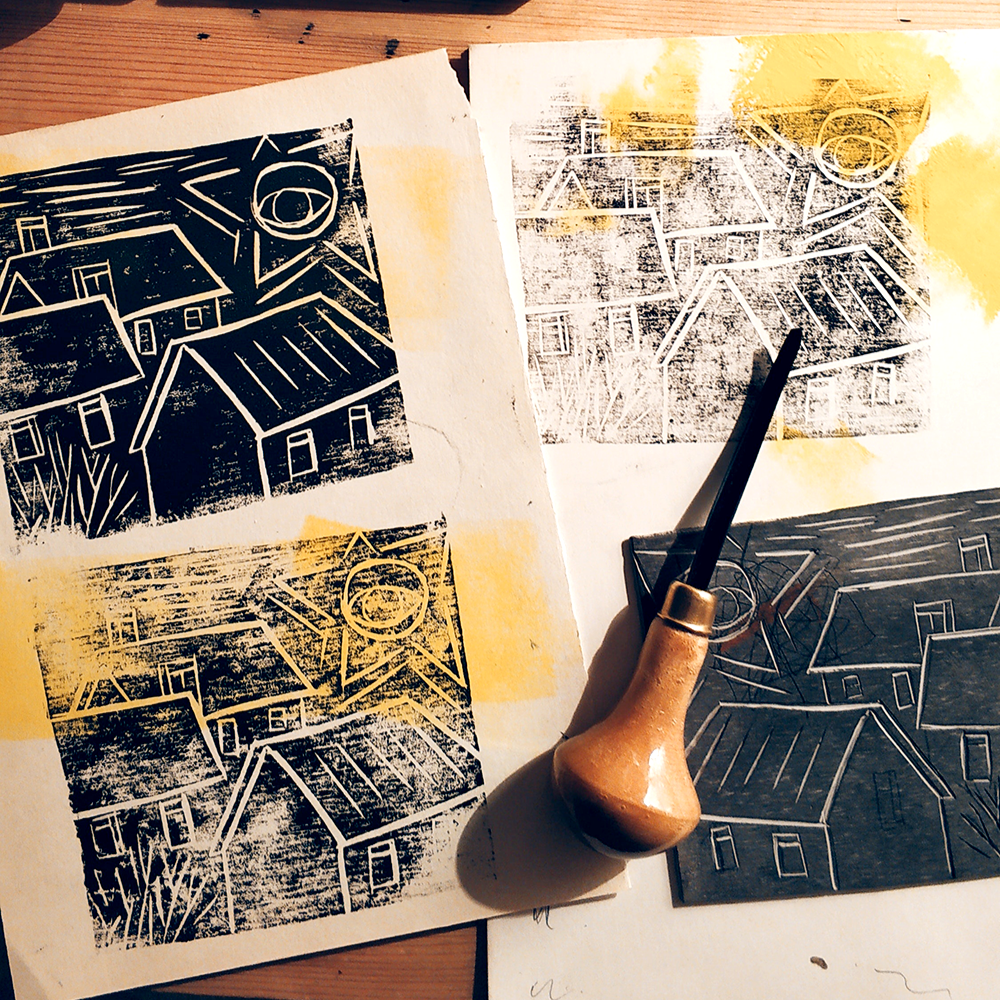
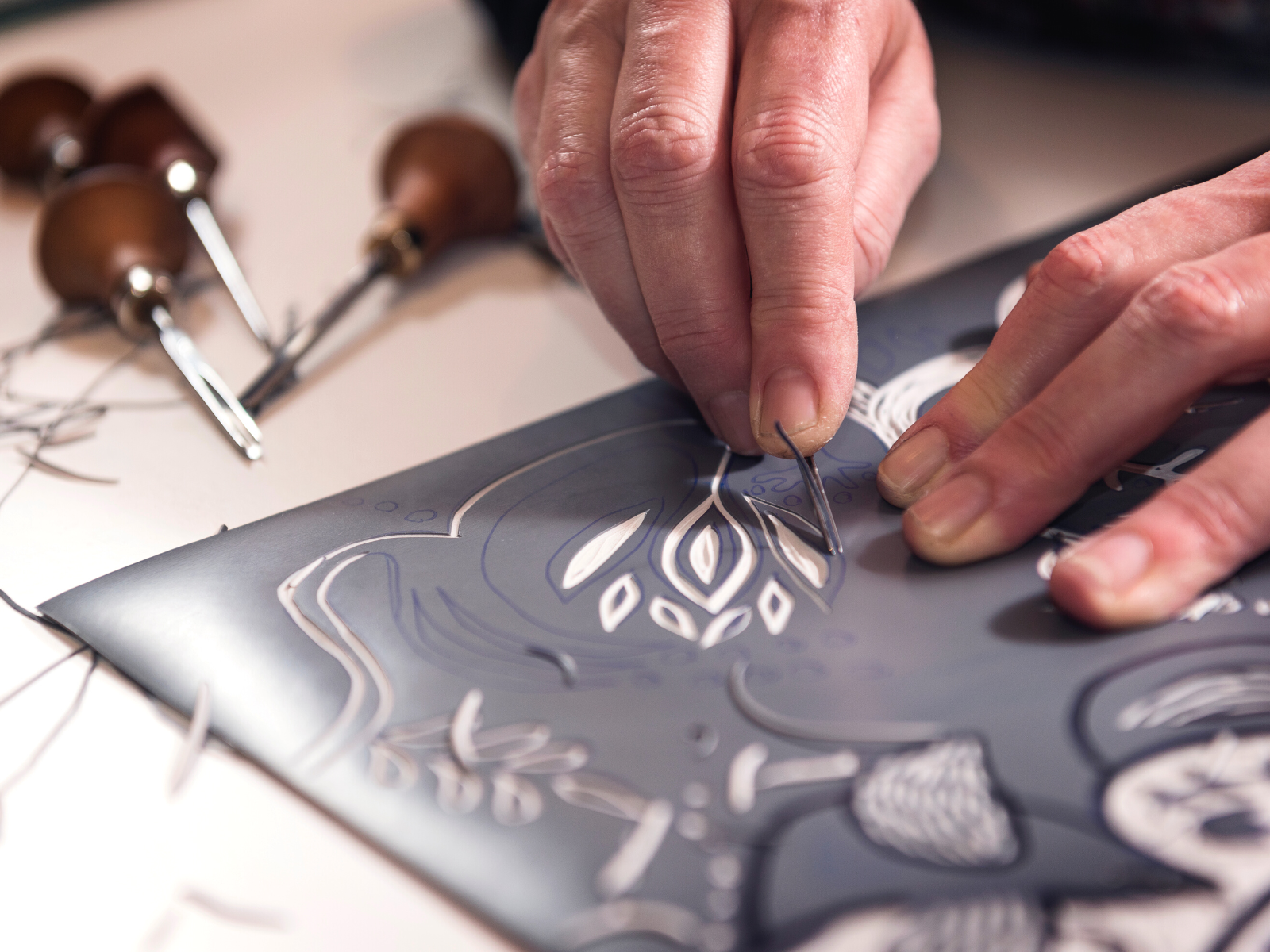
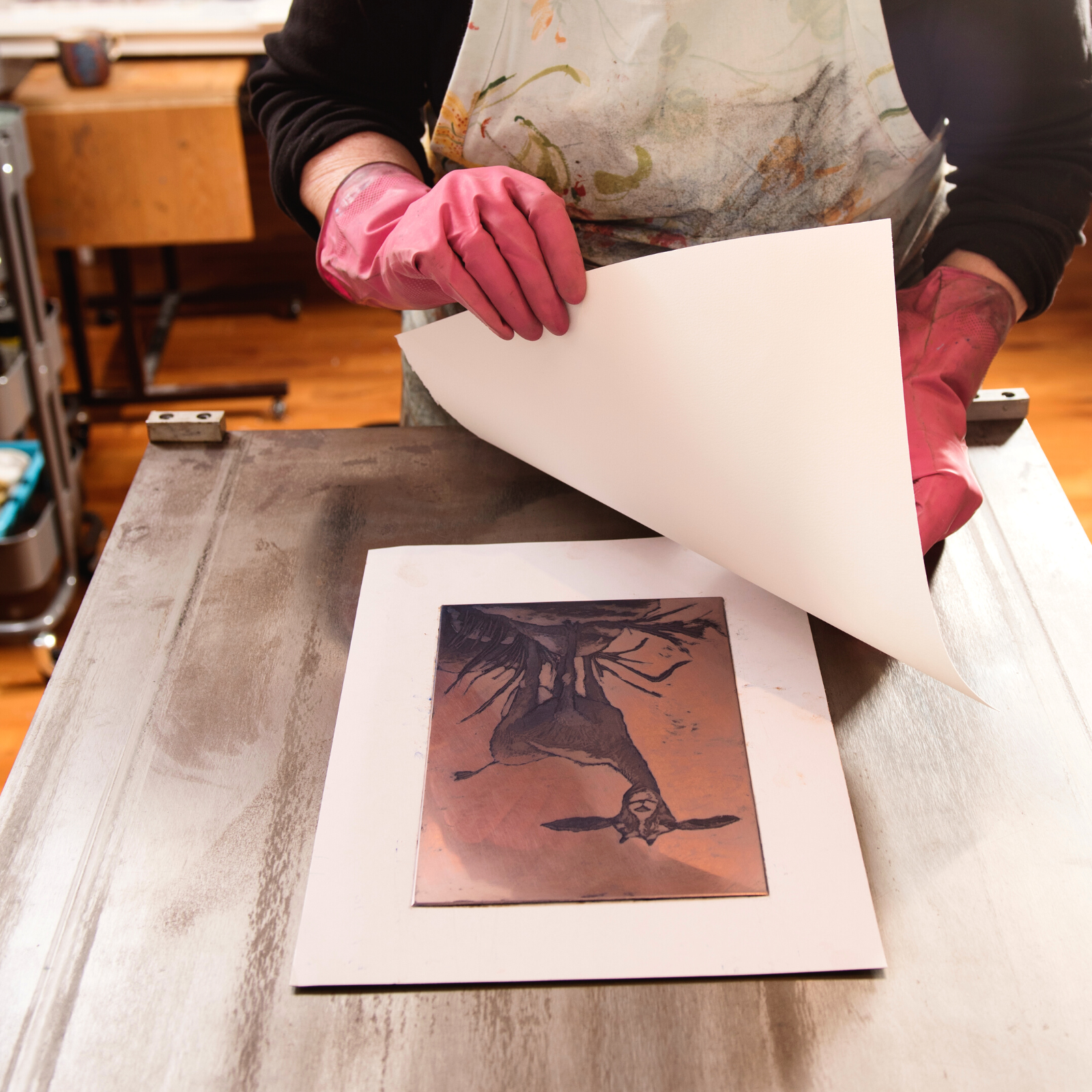
Considering trying out intaglio printmaking? Then check out Art Prof: Create & Critique's video!
Want even more content about creativity and art?
Be sure to check out all of our creative chronicles!
Eager to get creative with printmaking?
Check out some of our other articles:
-What are the 4 main types of printmaking?
-What is the hardest printmaking technique?
